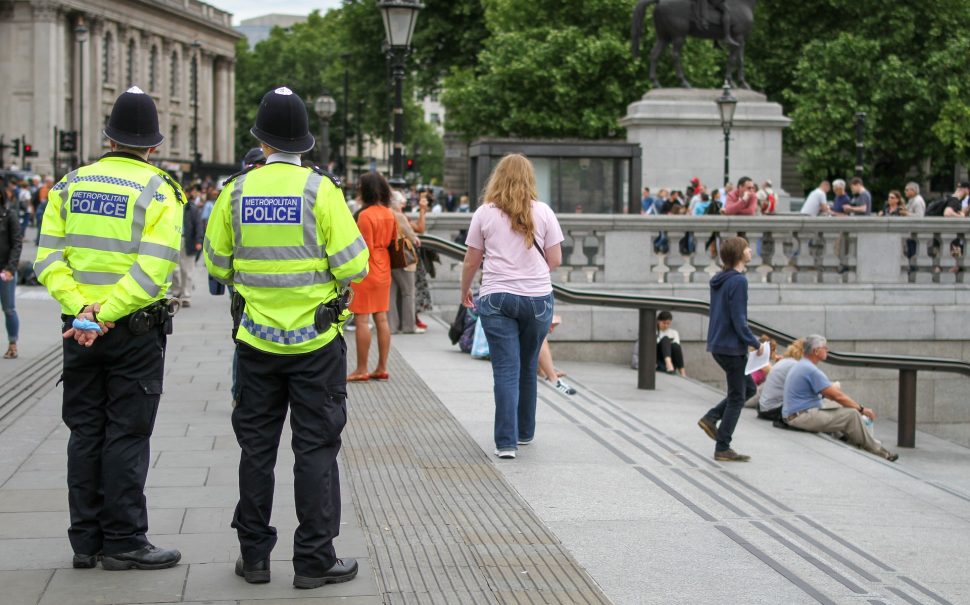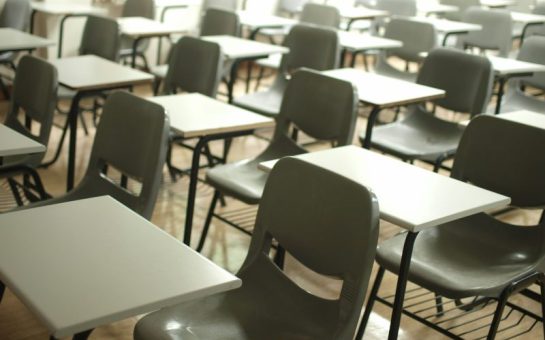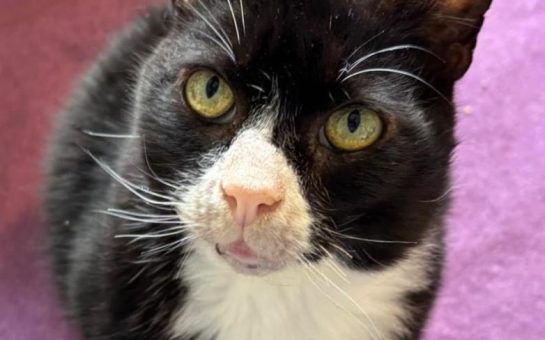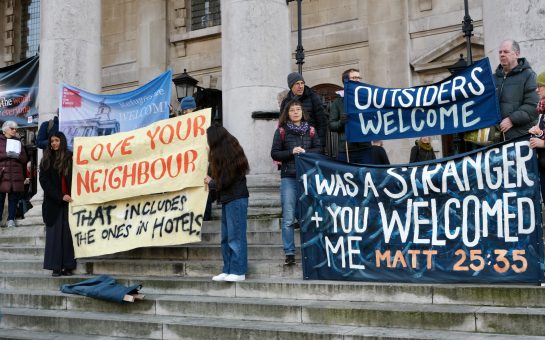New data shows that the number of stop and searches (More Thorough Searches Intimate Parts Exposed) of the Black community in London decreased after Chris Kaba’s death but increased for the Asian community.
MTIPS are the most extreme strip searches because officers have the power to remove outer clothing.
A representative of the Metropolitan Police said: “To carry out this type of search officers must reasonably suspect the person is using the clothing to be removed to conceal the illegal item sought. This type of search is only used when it is a proportionate and necessary means to find such an article.
“There’s no question that there is disproportionality in this type of search. The data is clear on that.”
In the three months after Kaba’s death, the percentage of stop and searches MTIPS which were conducted on Black people decreased by nine percentage points from 55% to 46%.
However 46% is still disproportionate to London’s 13.5% Black population, according to the 2021 census.
Meanwhile the percentage of stops of white people increased by only five percentage points from 26% to 31% – still significantly below London’s 54% white population.
Stops of Asian people increased by two percentage points from 14% to 16%, which stays in proportion to London’s 20.7% Asian population.
In all cases, those stopped are still nearly all male, and the reason given for stops is overwhelmingly drug use.
However the stops with no outcome (no illegal activity found) only decreased by 2% to 42% for Black people and they also decreased by 3% to 43% for white people.
This suggests the racial bias between White and Black demographics in Stop and Searches barely changed.
Meanwhile there was a 12% increase to 57% in Asians who were stopped unnecessarily, suggesting an increase in racial bias against the Asian community.
Habib Kadiri of StopWatch UK, an organisation that campaigns against disproportionate policing powers, explains that the volume of stop and searches are still higher than pre-pandemic figures because the decrease comes after a spike during the pandemic.
Despite the decrease in crime rates, there was an unprecedented 21,950 searches of young Black men in London during the first Lockdown phase, with more than 80% leading to no outcome, according to Yvette Cooper, former chair of the Home Affairs Select Committee.
Kadiri added: “The numbers are never low enough to suggest that Stop and Search are being used proportionately and sensibly.
“In any case one of the underlying statistics that they never ever wish to deal with is the fact that between 65 and 75% of all searches result in nothing being found.
“So someone needs to really address that before they can say that they have made any genuine substantial improvement.”
On the 25th of January, Commissioner Sir Mark Rowley said in response to sexism in the police force: “In terms of things that we are doing. I want to talk about Project Onyx and use of data to review the vetting of all officers and staff.”
Kadiri claimed: “Data does not address the frankly quite abhorrent and illegal ways in which the police act themselves because of assumptions and hunches that they have.”
In 2021, a HMIC spotlight report on the disproportionate use of Stop and Search revealed that only 8.5% of stop and searches were intelligence-led (based on objective or third-party information) and 54% were still self-generated (responses to what officers see or hear).
Kadiri said: “That is incredibly telling of exactly how little, from stop and search alone, is based on this drive for accuracy, precision and data analysis.
“You have to start looking at the ways in which the police think about joining the dots on certain people that they come across in the street and making assumptions about their character based on proxies.
“Why are they searching them in the first place? If they think ‘Oh that person looks dangerous?’ What’s that based on? That’s not based on data.
“Often time it’s based on, well this person doesn’t look right. And disproportionately that wrong look seems to go for young Black men and that’s a really worrying thing.”
A representative of the Metropolitan Police said: “We also know there is huge disproportionality throughout our entire system – in health, in wealth, in education and often police are the ones in the spotlight but picking up the consequences of that.
“As a young black man you are four and a half times more likely to be a victim of homicide and you are three times more likely to be victim of knife crime.
“Our job is to protect communities and we will put our resources where the greatest threat and harm exists. Sadly, often that results in a level of disproportionality.”
Kadiri explained that data cannot solve the antagonistic relationship between the police and civilians, which is a moral and psychological issue.
He also claimed that deeper relationships between police and agencies also do not uncover the drivers of crime and that the most effective way is to limit the police’s powers and resources if attitudes cannot be changed.
Kadiri added: “There just aren’t enough police chiefs that come out to say ‘do you know what we really don’t need these extra powers that we keep getting from the Home Office’. Every iteration of recent governments in the last 10-15 years seems to want to give the police ever more power.”





